Review of the Sigma 10-20mm F3.5 EX DCH SM
The Sigma 10-20mm F3.5 EX DC HSM is a wide angle lens existing in the already highly competitive world of wide angle zoom lenses. There are many wide lenses available and it’s sometimes difficult to sort through them all.
Perhaps this thorough saturation is the reason that the Sigma 10-20mm F3.5 was completely unknown to me even though it was initially released in 2009. As primarily a landscape, adventure, and nature shooter, the majority of my work is shot using focal lengths less than 50mm. So I was extremely interested to get my hands on a relatively lesser-known wide angle lens to see how it would perform.
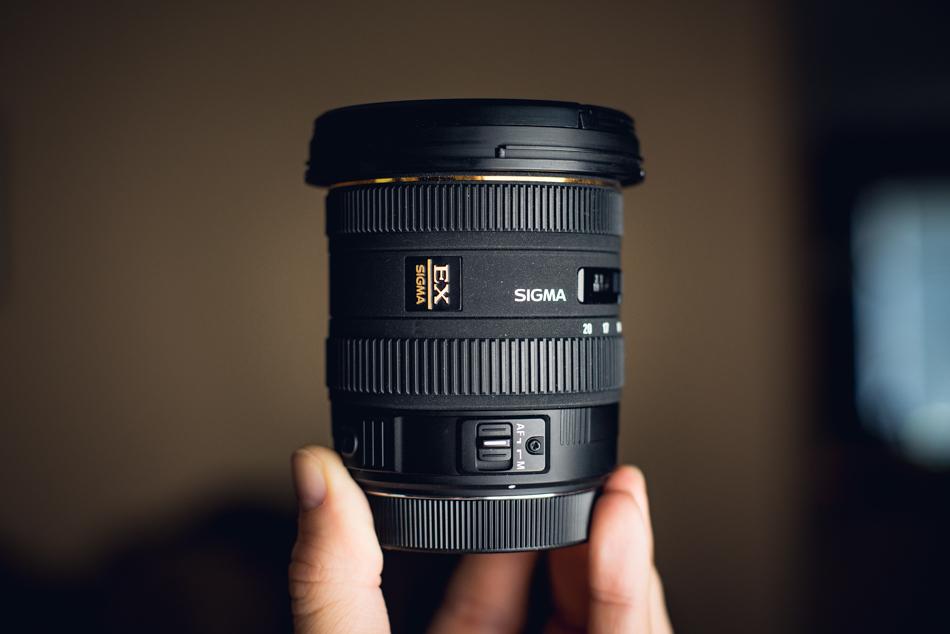
The Sigma 10-20mm F3.5 is intended for cropped sensor cameras (APS-C, DX) targeted for those who need a wide angle landscape lens or for times when a borderline super wide angle perspective is needed. The relatively fast F3.5 aperture capability means that the lens can handle fast shutter speeds in relatively low light situations without spiking out the ISO to the extreme. As with all wide angle lenses in this focal length range, edge distortion and softening are always a concern. Let’s see how the folks at Sigma have combated these problems with the 10-20mm F3.5 and see how well it performs in the real world.
Build Quality
One of the first thing you notice about this lens is it’s oddly unexpected lightness. While not feeling cheap or fragile, the lens gives the feeling of sturdiness without being heavy while weighing in at 18.3 ounces without the lens hood. Don’t let that weight fool you though. In use, the lens feels nimble despite weighing over one pound. The overall measurements of the lens are 3.4×3.5 inches which makes the 10-20mm a little stubby which translates into plenty of room left in your bag.
Both the zoom and focusing rings are very smooth and feel great. The AF/MF switch is well placed and is very crisp. This lens sports an 82mm filter thread should you want to add a polarizer or other filter.
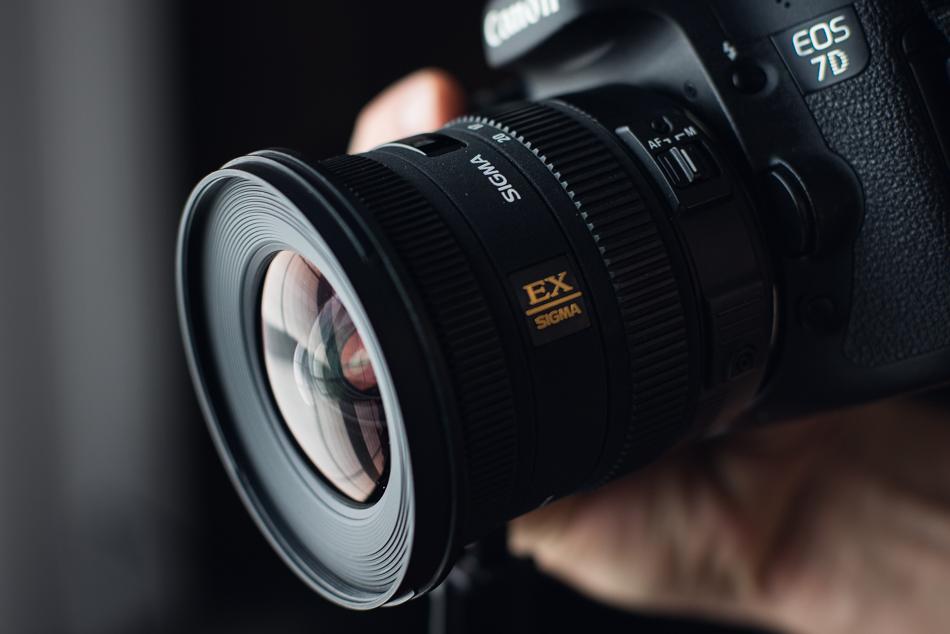
I am pleasantly surprised at just how astutely crafted this lens seems to be and would have no reservations about putting it to work in some harsh conditions. Everything about it screams “workhorse” which is what you hope to find in a staple landscape lens or a general purpose wide angle.
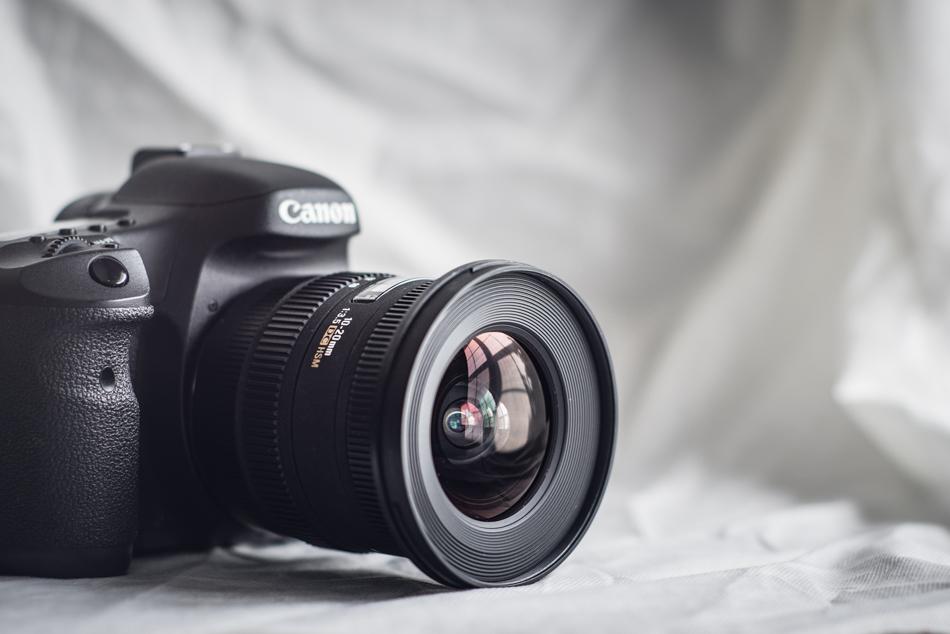
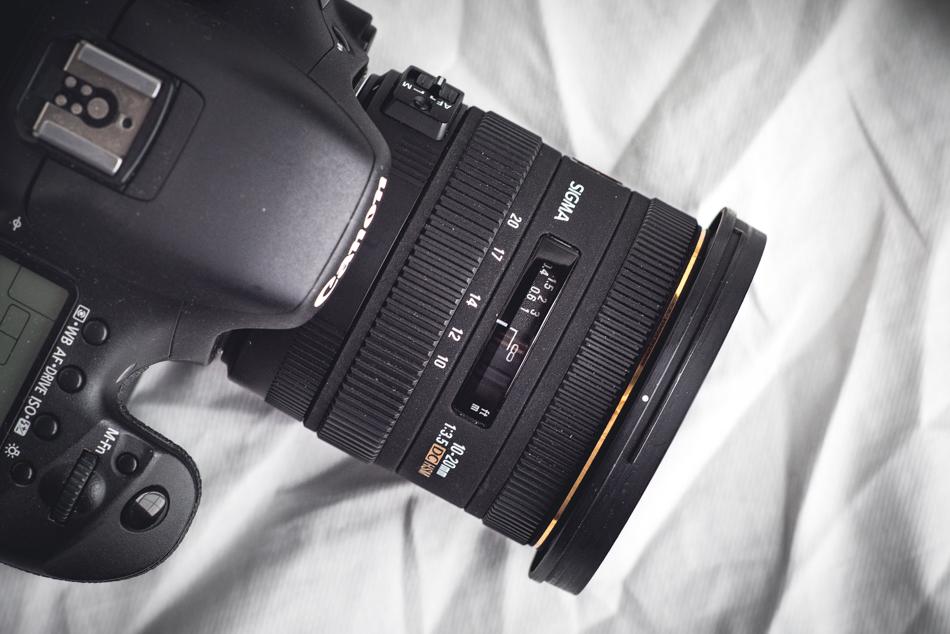
While not shown in this review, the included petal shaped lens hood doesn’t add much more girth to the entire outfit. Here’s the entire spec sheet courtesy of Sigma USA:
| Information | Values |
|---|---|
| Lens Construction | 13 elements in 10 groups |
| Angle Of View | 102.4 – 63.8 |
| Diaphragm Blades | 7 |
| Minimum Aperture | f22 |
| Minimum Focussing Distance | 24cm / 9.4in |
| Filter Size (mm) | 82mm |
| Dimensions (Diameter x Length) | 87.3mm x 88.2mm / 3.4in x 3.5in |
| Weight | 520g / 18.3oz |
| Available Mounts | Sigma, Nikon, Canon, Pentax, Sony |
One point which bears mentioning is that this lens lacks image stabilization. While it is not necessarily a flaw, the absence of built-in stabilization might be a problem for some. This is not incredibly important at the 10-20mm focal length range of this lens but nevertheless if you must have image stabilization it would something to consider.
Autofocus Performance
The autofocus on the 10-20mm is quite fast and operates quietly. Testing on a Canon 7D there were no problems with near or far focusing with everything being accurate right out of the box. All of the focus indicator numbers are very easy to see and well executed beneath the view window. The focus system does not rotate the front of the lens so using a filter such as a circular polarizer is not a problem. It’s nice to have a lens of this type display such a solidly performing autofocus. If you’re a event shooter who constantly is shifting focus and subjects, the speed of this auto focus will be a pleasant surprise.
Image Quality
This is where the Sigma 10-20mm pleasantly surprised me. I regret not coming across this lens sooner because it most definitely produced some of the best results from a wide angle lens that I have ever experienced. The distortion, even at 10mm, is light and is comfortably acceptable. The color reproduction and contrast are also commendable with not real issues encountered during my tests. The corner sharpness was something of a concern until I made a few exposures. Through the entire focal range the corners remained relatively sharp. The lens performed best around the F5.6 to F8 mark. The sharpness of the 10-20mm is something landscapers and astro photogs should rejoice over when using this lens.
Here is a set of images shot at 20mm at common apertures. Each has been zoomed to 1:1 at the upper left corner.




Oddly enough, the appearance of chromatic aberrations was incredibly low until the aperture approaches F11. After F11 there was a slight amount of purple fringing but the chromatic aberration is very faint overall. This was quite surprising as it is more common for chromatic aberrations to generally appear more prominently at wider apertures. This is a good thing because it enables the user to shoot “wide open” without large amounts of chromatic aberrations disrupting the image. Vignetting was minimal at wide apertures and barely noticeable. As the aperture approached F8 any vignetting was virtually invisible.
Final Thoughts
I admit to being somewhat embarrassed over not discovering the Sigma 10-20mm F3.5 sooner. It is an unfortunate fact that some great lenses tend to fly just beneath the radar of the mainstream photo industry. The sharpness and low distortion of this lens makes it perfect for wide landscapes and even shooting groups in low light. Color and contrast are awesomely reproduced while maintaining low chromatic aberrations even at wide apertures.
The Sigma 10-20mm F3.5 EX DC HSM is a highly recommended near super wide angle for those who require a high-performing short focal length lens in this class. While it’s difficult to hand out a five star review, this lens comes very close. The lens lacks image stabilization which may or may not be important to you but that is it’s only possible shortcoming in my opinion.
At any rate, you won’t be disappointed with the quality of the Sigma 10-20mm. It is a high performing wide angle that will give you a large amount of use throughout a wide range of shooting conditions.
Below are some sample images made using the Sigma 10-20mm F3.5. Processed in Adobe Lightroom or Photoshop CC.

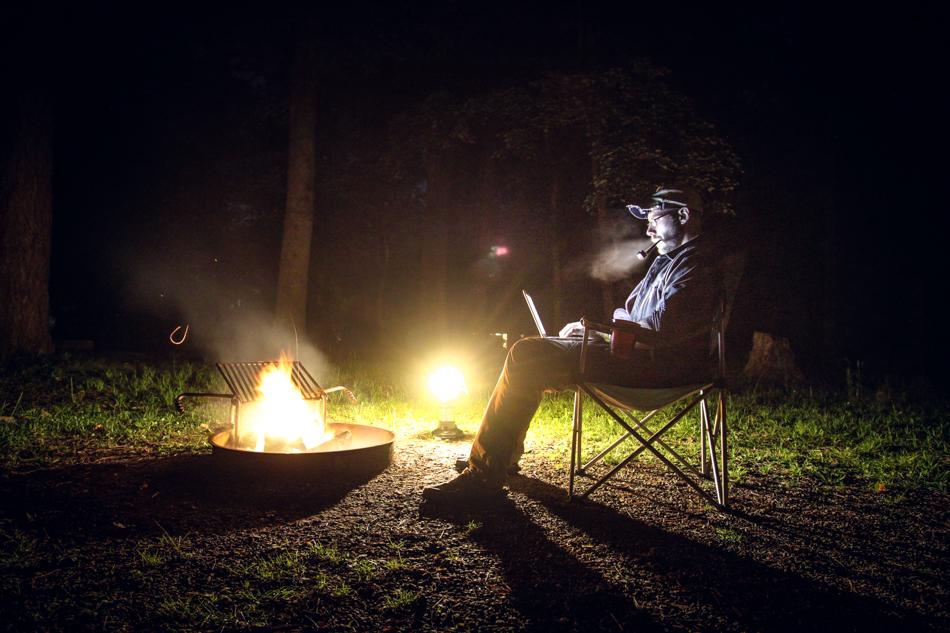






You can find the Sigma 10-20mm F3.5 EX DC HSM on Amazon.
